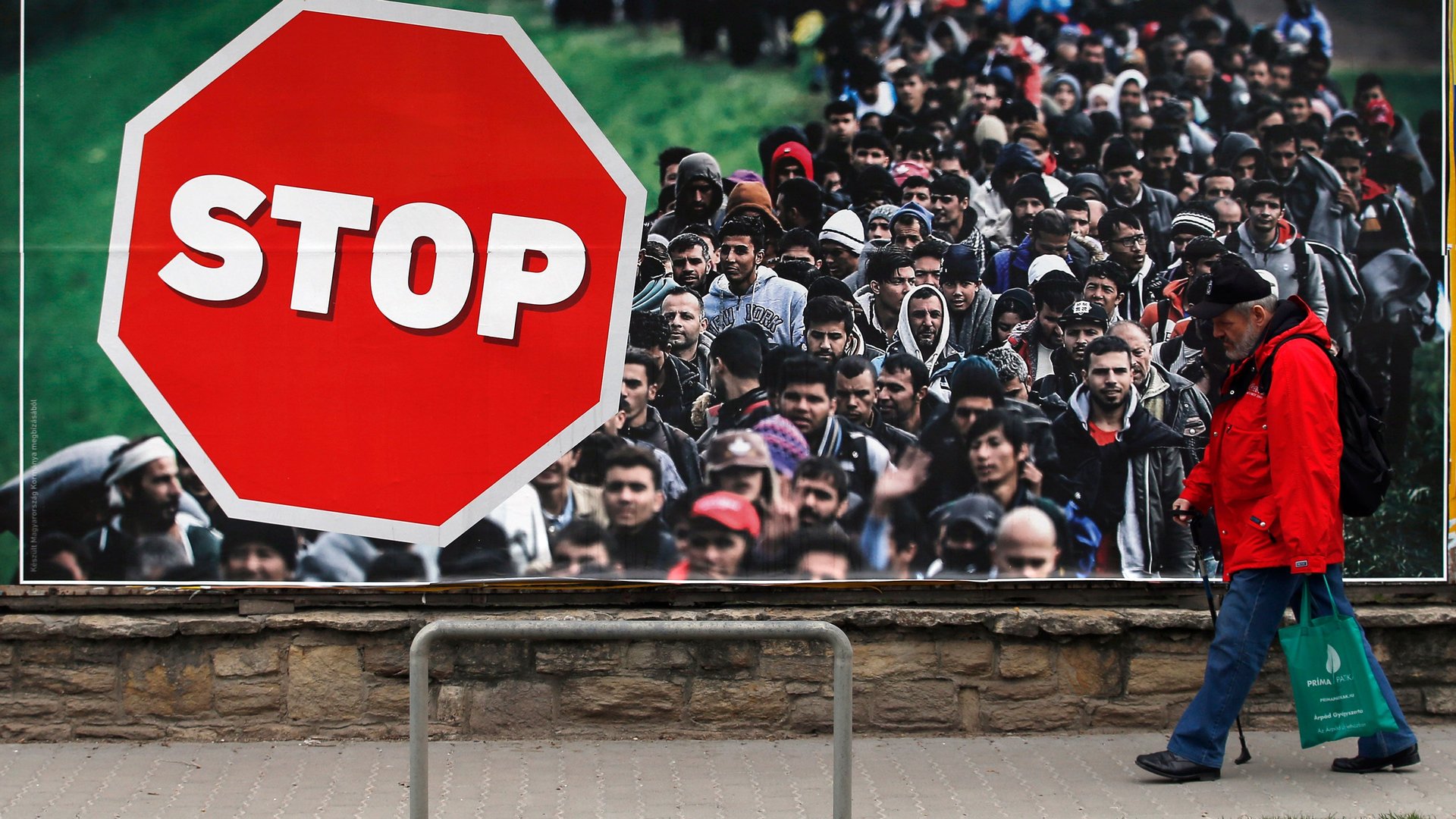What kind of immigrants do Europeans want?
Europeans may appreciate the cultural diversity immigrants bring to their countries but, if given a choice, they still prefer immigrants that look similar to them.


Europeans may appreciate the cultural diversity immigrants bring to their countries but, if given a choice, they still prefer immigrants that look similar to them.
That is the latest finding from a large-scale cross-national social attitude survey that asks Europeans the same set of questions on immigration every two years. People from 30 countries participated in the latest round of the survey from late 2018 to early 2019. Respondents had to answer, on a scale of 1 to 4, how many immigrants of the same race or ethnic group as the country’s majority should be allowed to come and live in the country (1=none, 2=a few, 3=some, and 4=many.) Then they were asked the same question for immigrants who come from a different race or ethnic group.
Overall, Europeans say that they welcome immigrants of the majority race or ethnic group more than those of a different group. They gave an average score of 2.86 (allowing a few=2, allowing some=3) for immigrants of the majority race or ethnic group, and 2.51 for those of a different group. But in some countries the gap was far wider than in others.
Countries more resistant to immigration show a larger difference in attitudes toward the two groups of immigrants. The initial data release included 19 countries, with data from another 11 to be added in mid-2020.
People from Northern and Western Europe are more likely to accept immigrants of a different race or ethnic group, which in practice often means non-European migrants from the Middle East and Asia. The three Eastern European countries—Hungary, Czechia, and Bulgaria—showed the most hostile attitude toward immigrants in general, and especially toward immigrants of a different race or ethnic group.
The reasons behind people’s views on the two groups are often different from country to country. In the case of Germany, the influx of migrants from the Middle East since 2015 made people slightly more resistant towards immigrants. Germany has accepted the largest number of migrants from the Middle East in Europe. However, Germans still view immigrants from a different background more positively than most other European countries.
Hungary, on the other hand, was one of the European countries that put a restriction on the number of asylum seekers they would take as early as September 2015. Even with a shrinking labor force and a declining birth rate, the country rejects immigrants of a non-Hungarian ancestry. Rather, it installed an economic incentives program to encourage families to have more children. Hungary’s populist prime minister Viktor Orbán announced the program in his state of the nation speech earlier this year, saying:
“There are fewer and fewer children born in Europe. For the West, the answer is immigration… We Hungarians have a different way of thinking. Instead of just numbers, we want Hungarian children. Migration for us is surrender.”